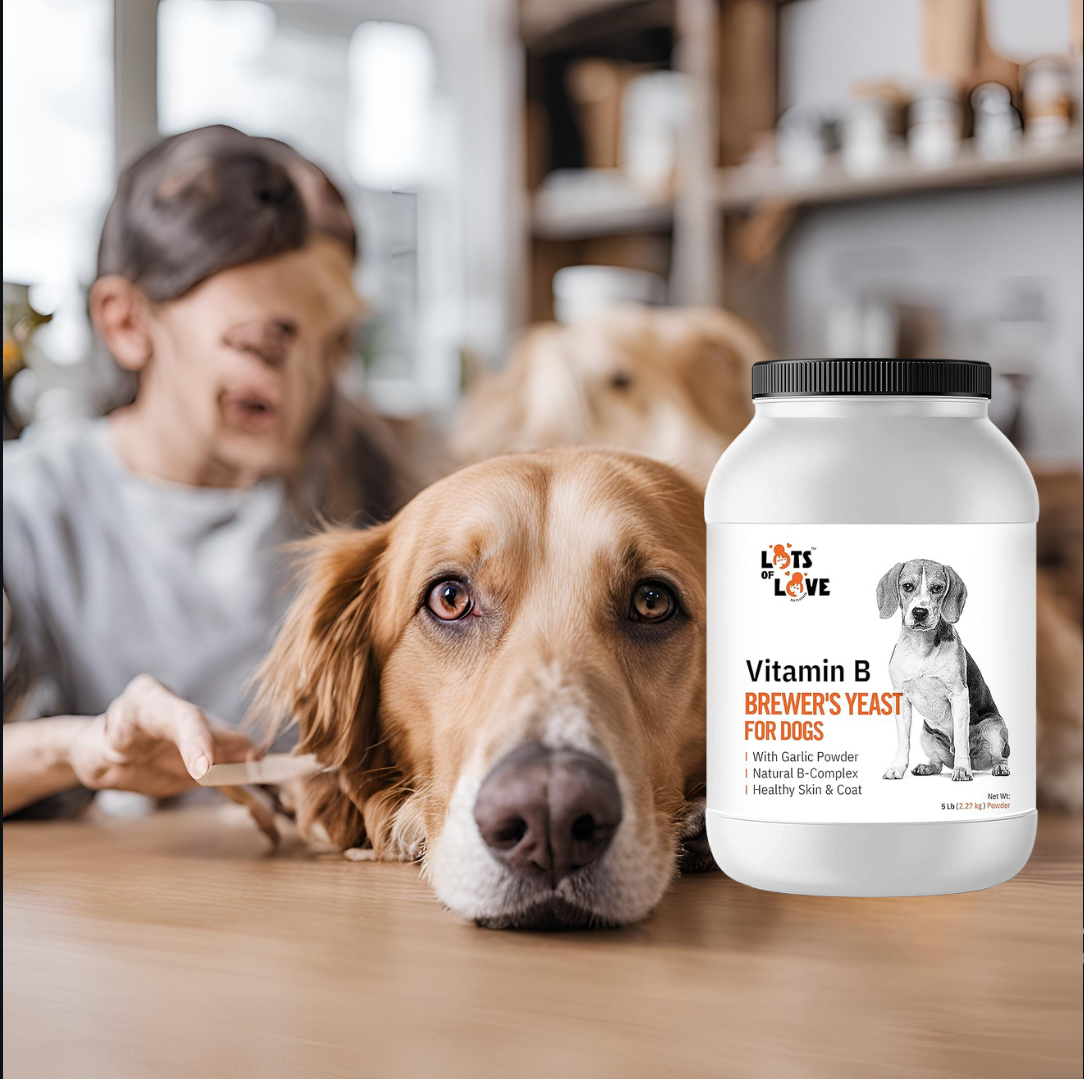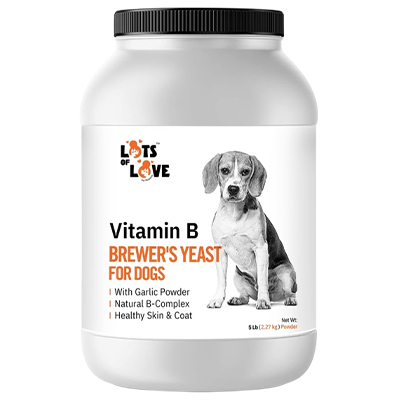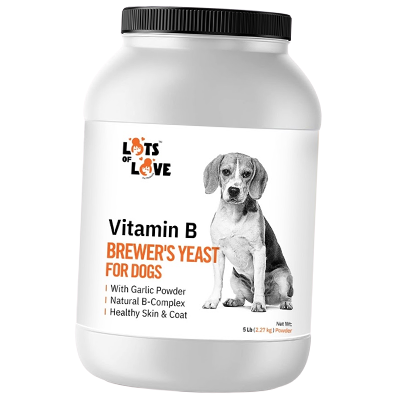Fall brings a change of weather, as well as potential fall pet safety and health issues. Colder temperatures can aggravate existing health issues in pets and cause new safety concerns. Pet owners should take extra steps to ensure their pets stay safe, healthy, and comfortable during the fall season.
Fall Pet Safety and Health Issues
From rodenticides to antifreeze, the fall season can cause a variety of safety concerns for pets. This time of year can also introduce a variety of pet health issues, including allergies and skin issues.
- Rat and mouse poisons are more likely to be used in the fall because rodents are trying to escape the cold and find warmth indoors. Rodenticides are highly toxic to pets and can be fatal if a pet ingests them. If you use rodenticides, be sure to keep them out of your pet’s reach. Signs of rodenticide poisoning vary depending on the type of pesticide but can include difficulty breathing, internal bleeding, and changes in behavior.
- People tend to use antifreeze, or engine coolant, in the fall. Antifreeze often contains ethylene glycol, which can be highly toxic to pets. You should clean up spills immediately as even a small amount of antifreeze could lead to kidney failure and death. Symptoms of antifreeze poisoning include vomiting, staggering, seizures, and increased urination and thirst.
- Holiday plants that may be used for decorations can also be poisonous or irritating to pets. Poinsettias and chrysanthemums are two examples of plants that can cause sickness in pets if ingested. You should not keep these near your pets.
- Chocolate and other sweets can be abundant during the fall season, especially around Halloween. Chocolate can be dangerous and even deadly for dogs and cats. Symptoms of chocolate poisoning include vomiting, diarrhea, increased heart rate, and seizures.
- The fall season often brings mushrooms. While a majority of mushrooms are non-toxic to pets, some mushrooms can be highly toxic to pets and even cause life-threatening issues. It’s best to keep pets away from all mushrooms to prevent your pet from ingesting any potentially poisonous mushrooms.
If you suspect that your pet has been poisoned, call your vet or the ASPCA Animal Poison Control Center immediately. If possible, take a sample of your pet’s vomit or stool to the veterinarian. Make note of which toxin you think your pet may have come into contact with and what symptoms your pet is showing. Be sure to watch your pet closely for any changes in behavior or symptoms.
Be Cautious of Wildlife
Another fall pet safety concern to be aware of is wildlife. Snakes are preparing for hibernation during the fall, which increases the risk of pets being bitten. Keep a close eye on your pet when outside and keep them out of areas that may contain venomous snakes.
School Supplies
With fall comes the back-to-school season. If you have children, you probably have school supplies throughout your home. These new items, such as glue sticks and markers, might be enticing for a curious dog or cat. While most school supplies aren’t toxic to pets, they can be choking hazards and cause gastrointestinal issues if ingested. It’s best to keep all school supplies out of your pet’s reach.
Shorter Days
When the days become shorter, pet owners may find themselves walking their dogs in the dark. You should wear something reflective and use a reflective item for your dog, such as a collar or leash, to ensure motorists can see you and your dog.
Allergies
The fall months can cause seasonal allergies in pets. This is often caused by environmental allergens and irritants, such as mold, grass, dust, and ragweed. Allergies may cause your pet to lick, scratch, or bite their skin, and can even lead to hair loss. If your pet starts to excessively sneeze, itch, or cough, you should contact your veterinarian.
Fleas and Ticks
Even though the weather is cooler, fleas and ticks may still be present in your pet’s environment. Fleas and ticks can cause a host of issues for pets, including tapeworms and Lyme disease. For this reason, you should keep treating your home, pet, and environment for pests.
Keep Pets Hydrated
Fresh Water: You need to ensure your pet always has access to fresh water. The cooler weather might reduce their water intake, so remind them to drink regularly. Also, irrespective of the season, your pet’s water intake should be good enough.
Check Paw Health
Paw Care: The cooler weather and falling leaves can lead to debris getting stuck in your pet's paws. Check and clean their paws after walks, and consider using pet-safe paw balm to protect against cold and rough surfaces.
Arthritis
The colder weather can aggravate existing health issues in pets, such as arthritis. Pets may become uncomfortable and have a harder time moving around. If your pet starts showing signs of discomfort, you should talk to your veterinarian. There are a variety of joint support formulas that can help support agility, alleviate discomfort, and support the joints.
Skin and Coat Issues
The fall months can cause skin and coat issues in pets. Many pets tend to shed more during the fall as they lose their summer coat. Brushing your pet regularly will help. Skin and coat products, such as the brewers yeast for dogs from Lots of Love Pet Products, can be beneficial as well. These products are formulated to hydrate the skin and help with itching and irritation.
Being aware of these fall pet safety and health concerns, as well as taking a few preventative steps, will help keep your pet safe. By being proactive, you can help keep your pet safe and healthy this fall season!
You can buy this supplement for your pets from our Amazon Store.

 DOG HEALTH SUPPLEMENTS
DOG HEALTH SUPPLEMENTS DOG DIGESTIVE SUPPLEMENTS
DOG DIGESTIVE SUPPLEMENTS EYE & EAR DROPS
EYE & EAR DROPS SKIN & COAT SUPPLEMENTS
SKIN & COAT SUPPLEMENTS CAT SUPPLEMENTS
CAT SUPPLEMENTS

